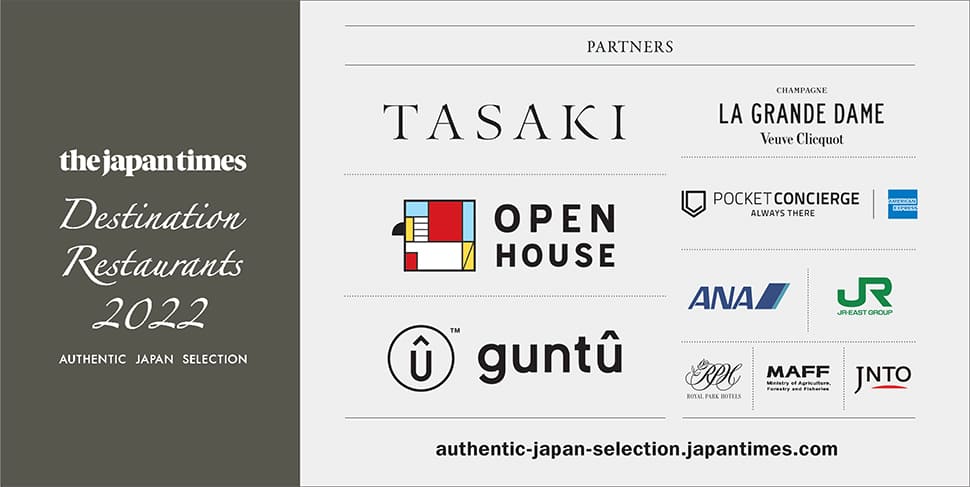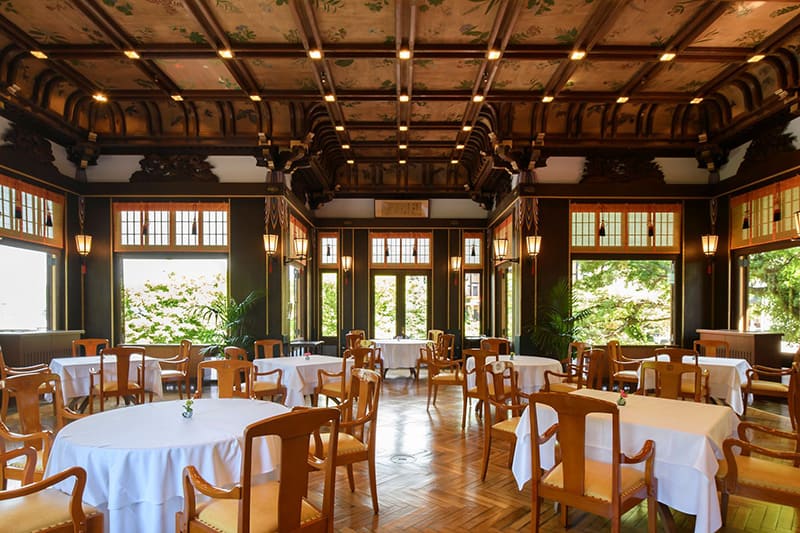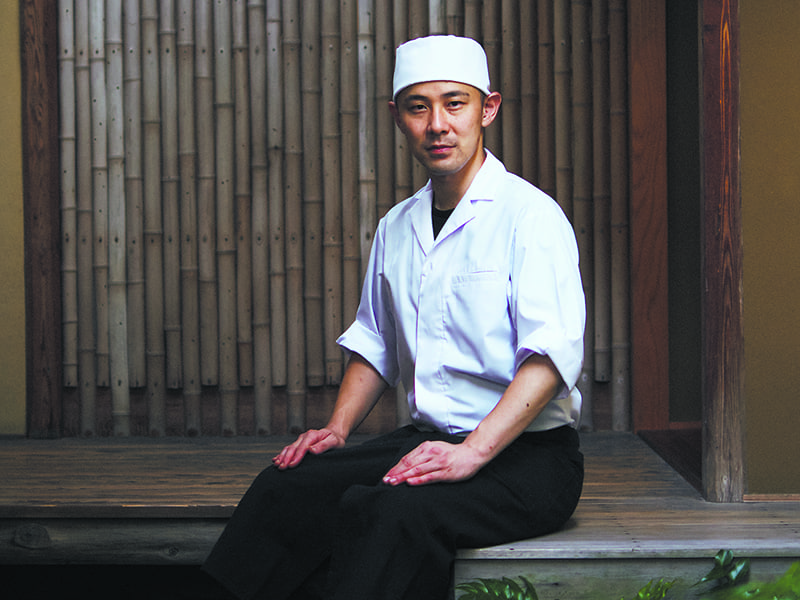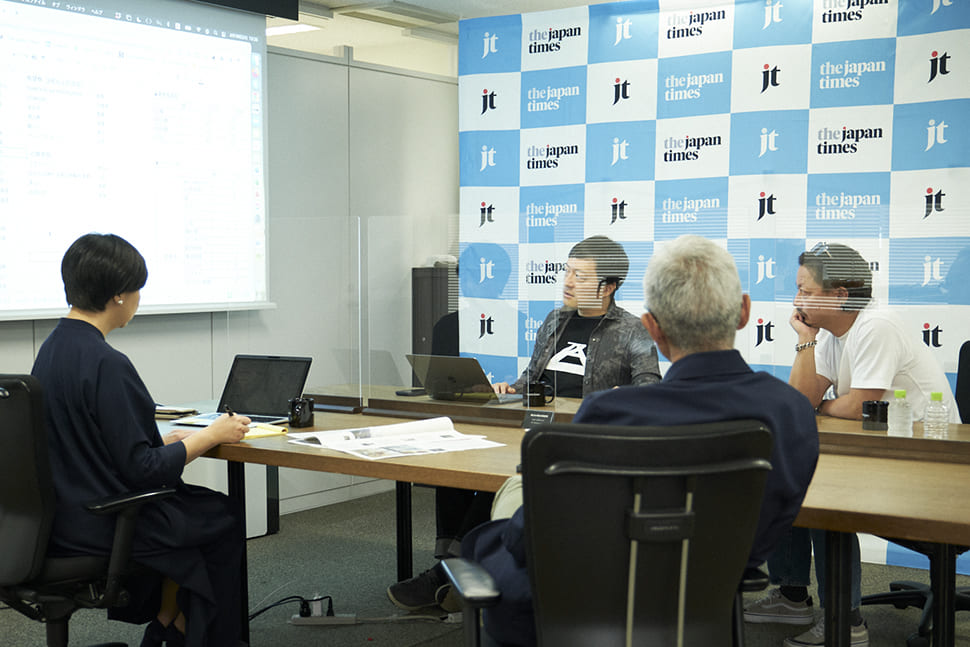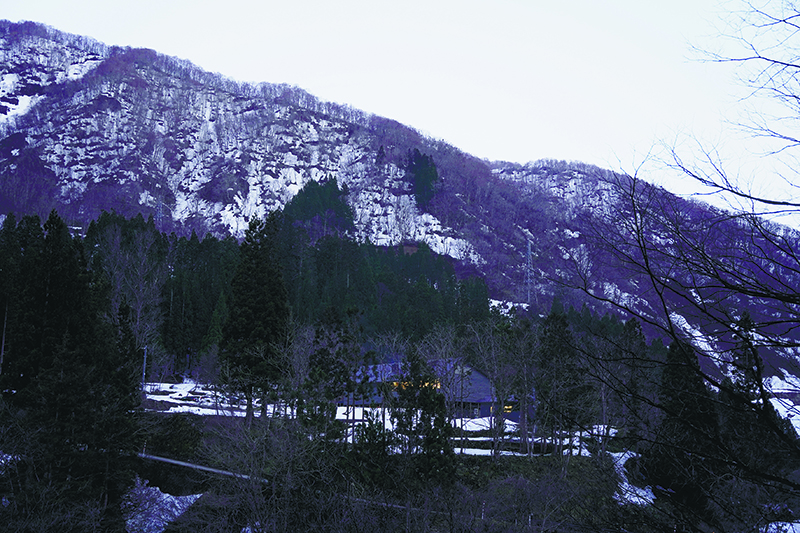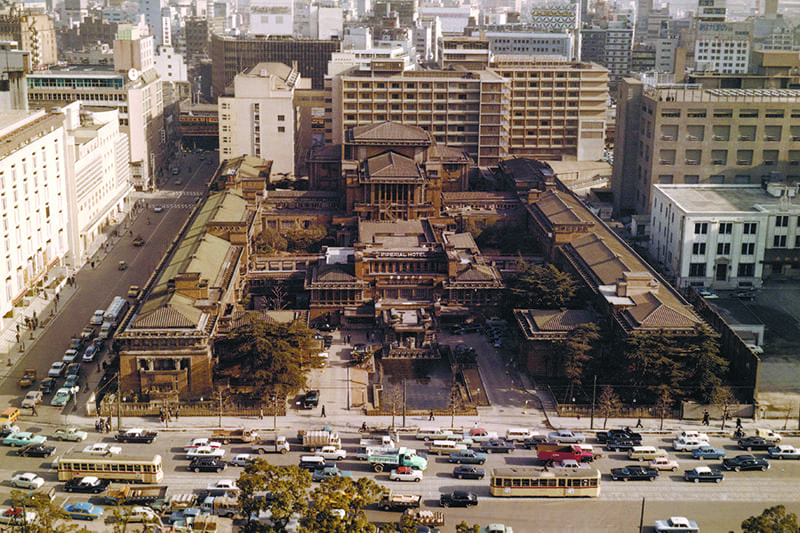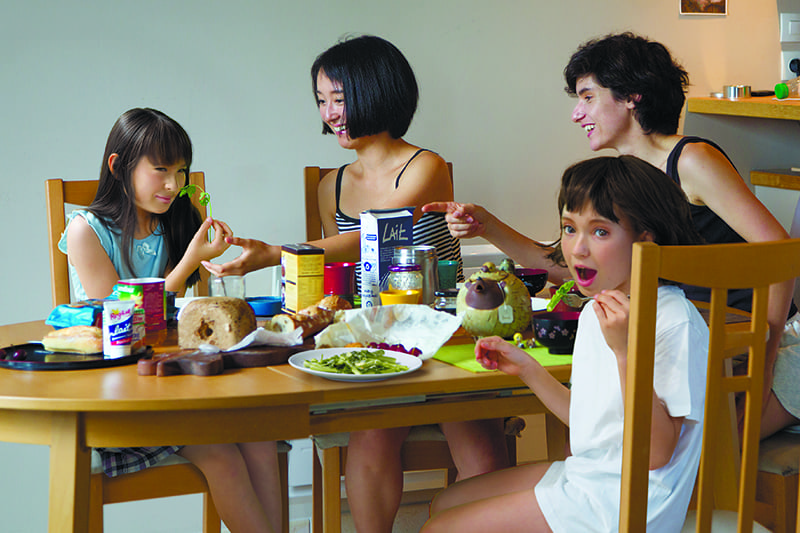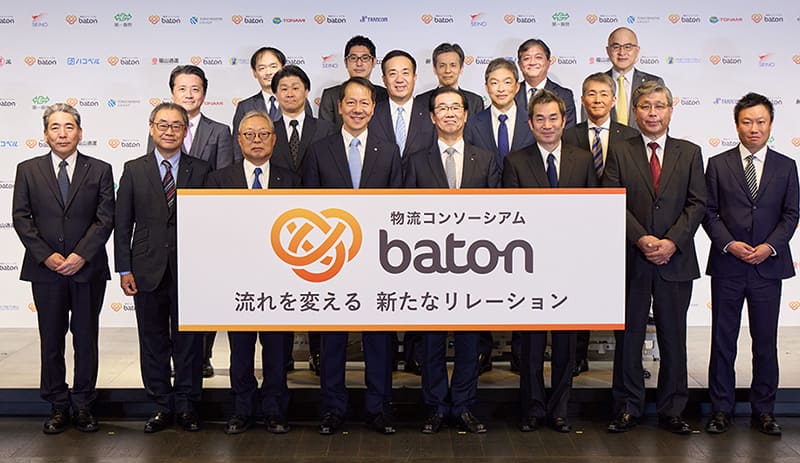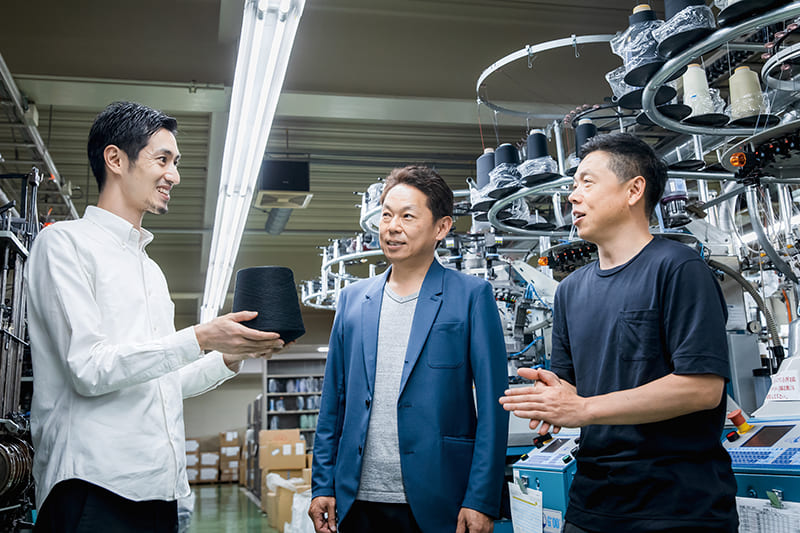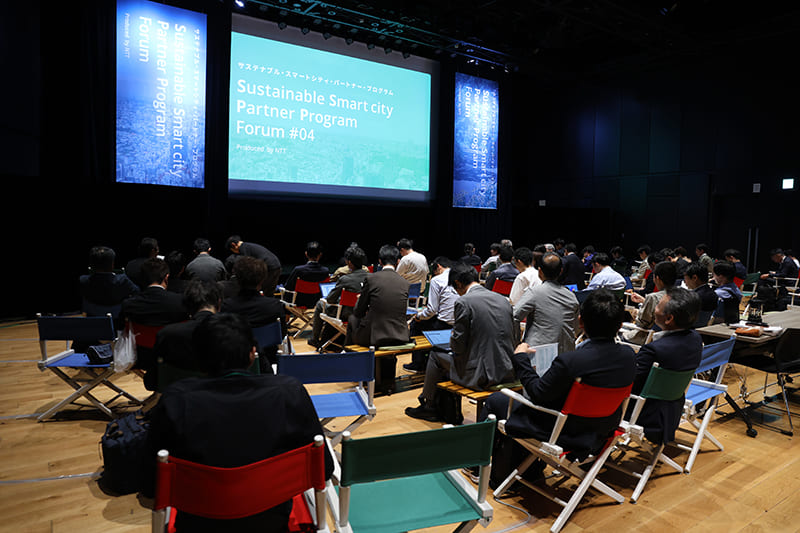August 26, 2022
Forging a new culinary tradition in Kamakura
Destination Restaurants 2022
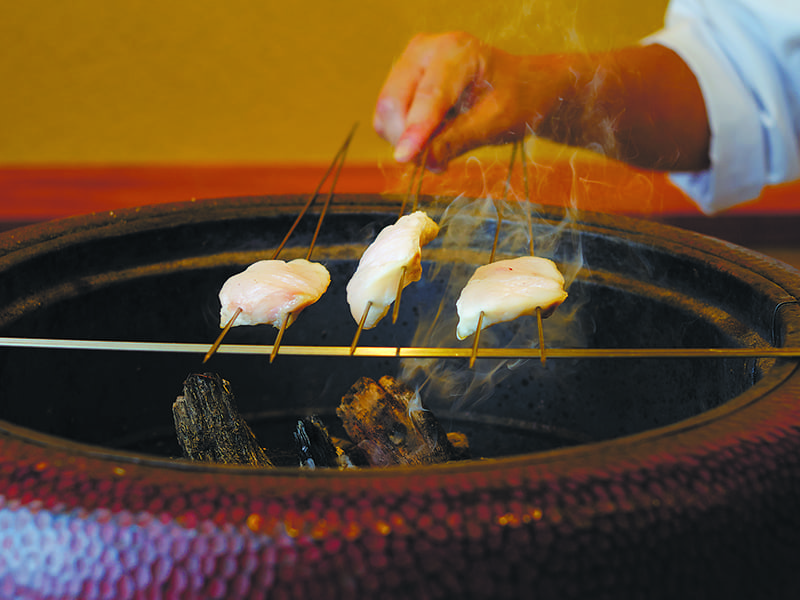
Kamakura Kitajima occupies a renovated old house in a neighborhood dotted with historic temples. The sukiya teahouse-style interior features a counter facing earthen walls decorated with flowers grown in the front garden by owner Yasunori Kitajima.
Kitajima sharpened his skills as a chef during 16 years at the prestigious Japanese restaurant group Wakuden, absorbing the Japanese aesthetic in Kyoto.
“When I opened a restaurant in Kamakura, I didn’t intend to make Kyoto-style food. If I’m not serving food that can only be made in Kamakura, it’s meaningless,” he said.
He did not settle on a specific direction immediately after leaving Wakuden. He did, however, begin searching for the very best ingredients. Not limiting himself to local sources, he reached out to producers and suppliers with top-notch reputations in other prefectures as well. Among them was Hiroki Hasegawa, a seafood broker in Yokosuka, Kanagawa Prefecture, with a national reputation.
“The fish Mr. Hasegawa selects is on a different level than fish from the store. Since he was also in the same prefecture as me, I decided to put his fish at center stage,” Kitajima said.
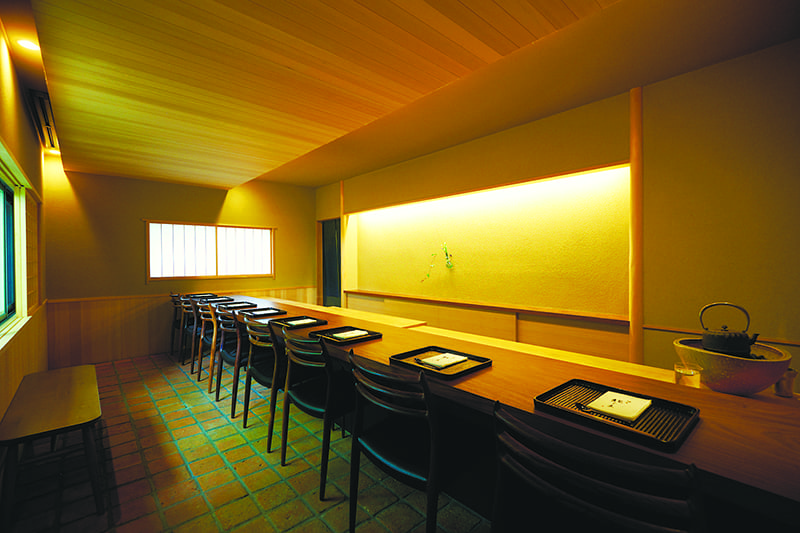
Kamakura Kitajima
4-3-18 Omachi, Kamakura, Kanagawa
Tel: 0467-73-7320
https://www.kamakura-kitajima.jp
Hasegawa’s base is a fish market that sells live seafood in Yokosuka’s Nagai port on Sagami Bay. There, fish are killed by severing their spinal cords so as not to subject them to stress. This results in a clear, unmuddled flavor, the flavor of the fish itself. With Hasegawa as a powerful ally, Kitajima launched Kamakura Kitajima in May 2021.
He found that the same types of fish he had used in Kyoto tasted completely different in Kamakura.
“Take hamo (pike conger). Unlike hamo from Awaji, which is preferred in the Kansai region, hamo caught here feed on squid, giving it a different flavor,” he said. He pounds the hamo to a paste that he shapes into balls, serving them in a broth with onions from the Miura Peninsula in southeastern Kanagawa.
The omakase set menu, the only option available, starts at ¥22,000 ($170), with prices dependent on the cost of seafood.
The akahata (blacktip grouper) served as sashimi is speared, Kitajima explained. “The fish that win out in the struggle for existence swim upward in search of food. Good hata are found in water less than 20 meters deep. They taste best when they are speared with a single thrust through the head.”
The charcoal-grilled kue (longtooth grouper) is also speared. Cooked with carefully modulated moisture and heat atop a lacquerware hibachi carved in the Kamakura-bori style, the fish has a tender texture and a surprising depth of flavor.
Although Kitajima’s affection for local fish has grown steadily stronger, he does not serve Kamakura’s famous shirasu (whitebait).
“Shirasu are what small fish feed on — in other words, the raw materials that make up the fish in the sea,” he said. “Given that fish stocks have been falling recently, I don’t want to use shirasu. There’s a limit to what I can do, but if I can do something to ensure future chefs are still able to cook with fish, the keystone of Japanese cuisine, then I want to do it. Also, Kamakura has a rich history, but it’s not as well advertised as Kyoto. It would be wonderful to promote the city through food and create new cultural traditions here.”
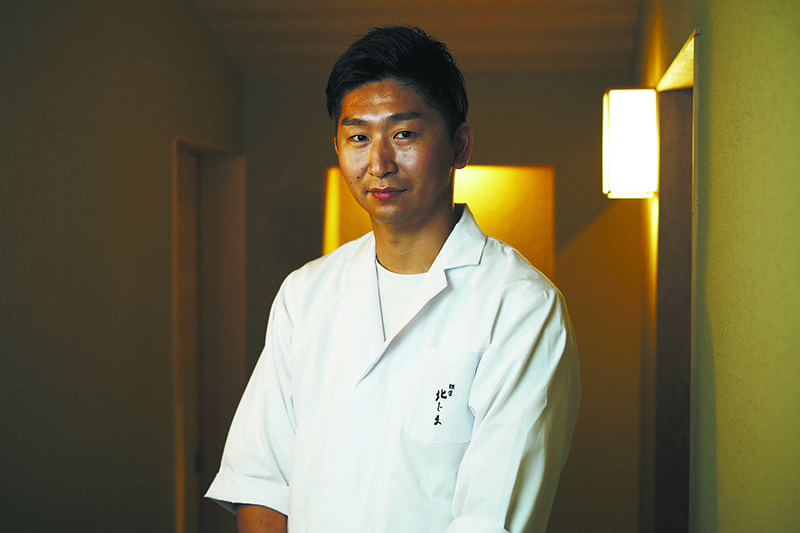
YASUNORI KITAJIMA
Born in Tokyo in 1982, Kitajima moved to Kamakura, Kanagawa Prefecture, at the age of 2 and grew up there. After apprenticing at a Japanese restaurant in Kamakura for two years, he ate his way through the famous restaurants of Kyoto, where he was greatly impressed by those in the Wakuden group. He joined the company and worked at its restaurants over the course of 16 years, eventually earning a post as head chef at Tan, one of Wakuden’s restaurants. In June 2020 he left the company, and on May 31, 2021, opened Kamakura Kitajima, where he is crafting an approach rooted in the terroir of Kamakura.
Sponsored by ANA
DESTINATION HOTELS
HOTEL METROPOLITAN KAMAKURA
By IZUMI TOSHICHIKA TRANSLATOR:TONY GONZALEZ
In April 2020, a new hotel emerged amid the temples, shrines, and many other historic buildings of Kamakura, a city girded by mountains and sea.
Just two minutes’ walk from JR Kamakura Station, Hotel Metropolitan Kamakura is handily located on Wakamiya Oji, the approach path to Tsurugaoka Hachimangu Shrine, which was founded by Minamoto no Yoritomo 800 years ago.
A pivotal feature is the hotel’s central courtyard garden. Whether in the lobby or the guest rooms, visitors can enjoy a peaceful ambience that feels far removed from the hustle and bustle of the city.
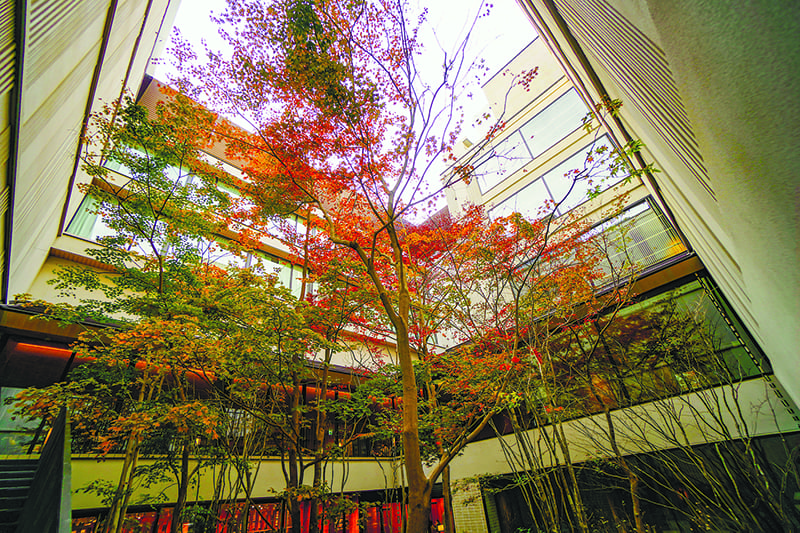
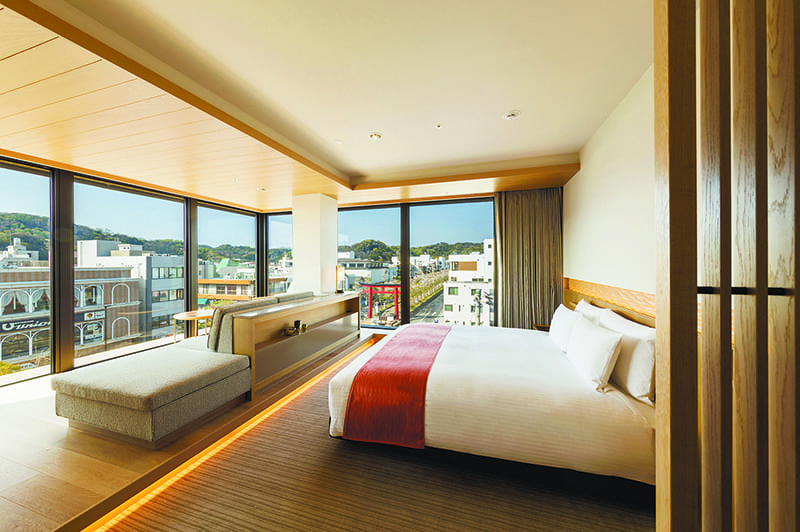
https://kamakura.hotel-metropolitan.com/
1-8-1 Komachi Kamakura-shi Kanagawa
Tel: 0467-60-1111
相模湾の魚を主役にした日本料理で、鎌倉から新しい文化の発信を。
「鎌倉 北じま」は古民家を再利用した一軒家。店内は数寄屋の仕事がなされ、カウンターの土壁には店主、北嶋靖憲が自ら前庭で育て、生けた花が飾られる。
北嶋は日本料理の名門「和久傳」グループで腕を磨いた16年間、京都で日本の美意識を学んだ。「ただ、ここでは京料理ではなく、鎌倉でしか作れないものを作ろうと決めていました」修業先を辞めた直後、具体的な方向性は決まっていなかったが、よりよい素材を探し求めるなかで、神奈川・横須賀の魚仲買人、長谷川大樹と出会った。
長谷川のベースは、まだ生きている魚を売買する活魚市場。相模湾に面した長井漁港だ。そこで魚にストレスを与えないよう、神経〆で処理をする。すると魚本来のクリアな味わいになる。力強い味方を得て、2021年5月「鎌倉 北じま」を開いた。料理は魚を主役にしたおまかせコース(22,000円~)のみ。ただし、しらすは鎌倉名物であっても、環境への配慮から使わない。「また、鎌倉は歴史ある街ですが、京都と比べると発信力が弱いので、食を通して街の魅力を発信し、新しい文化を作っていけたらいいですね」
Return to Sustainable Japan Magazine Vol. 15 article list page

